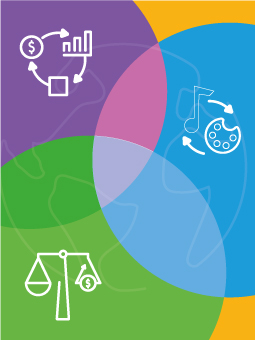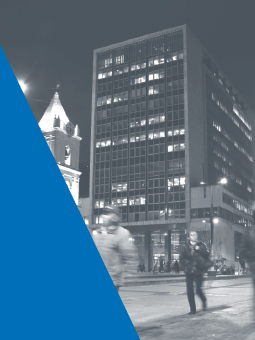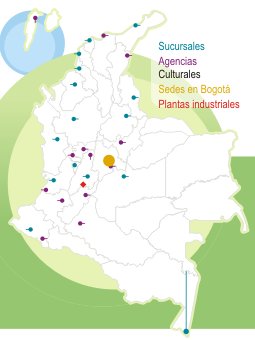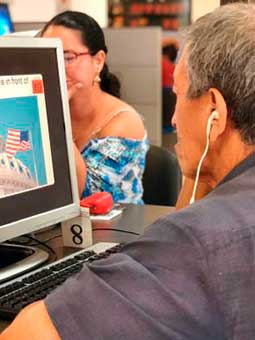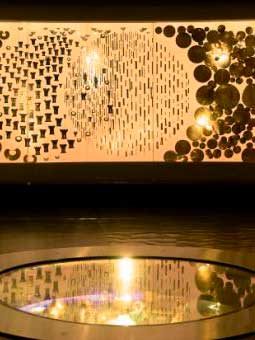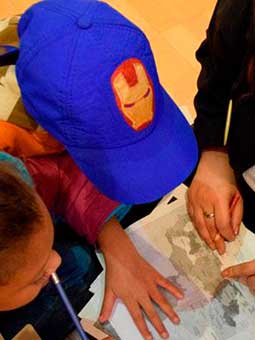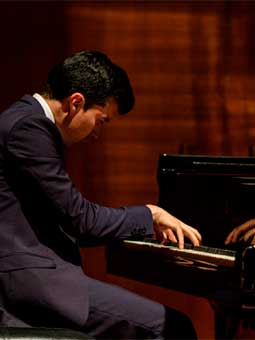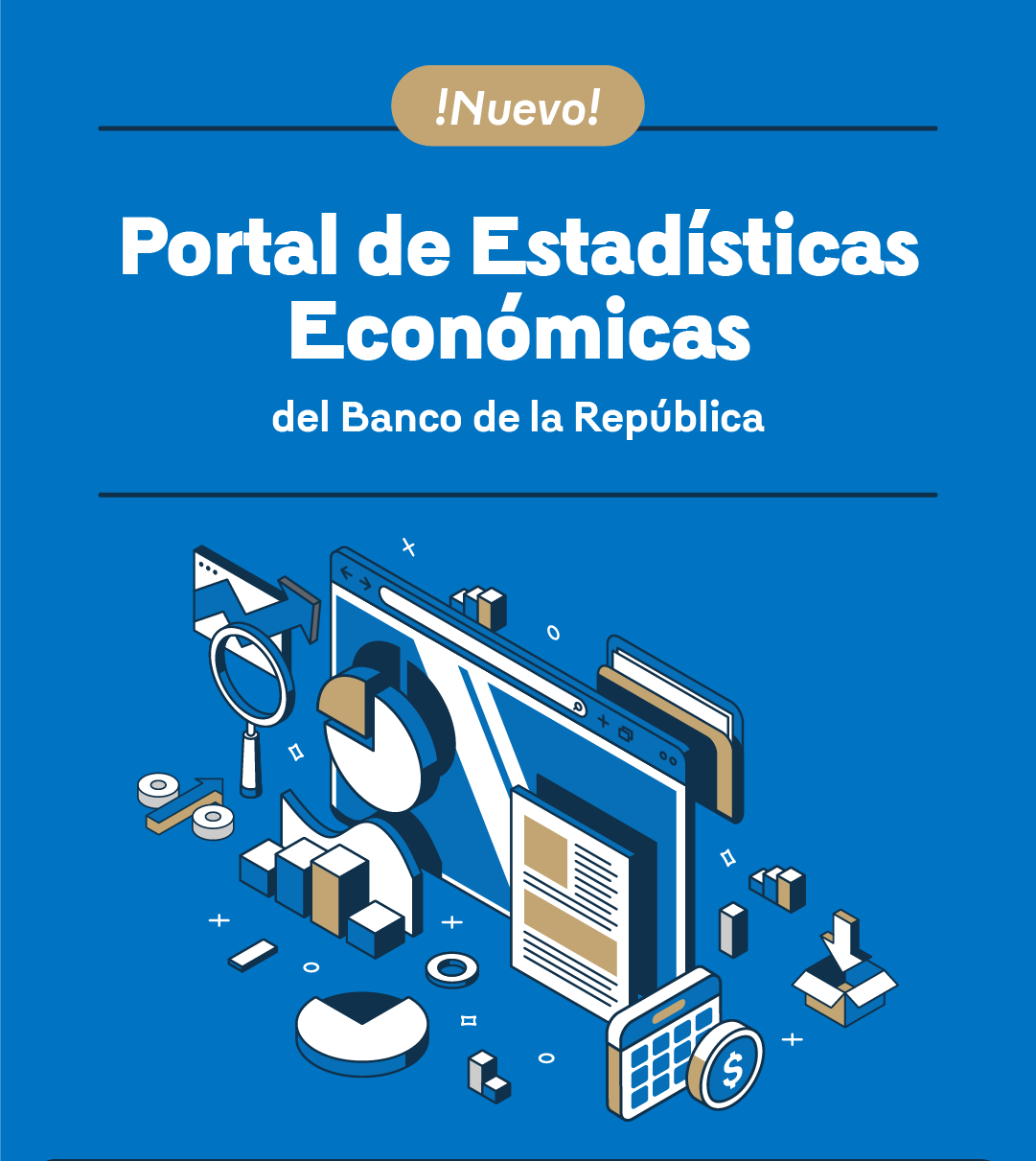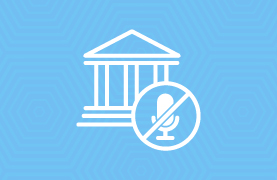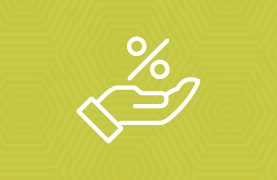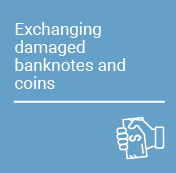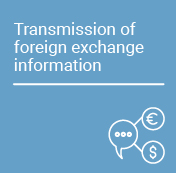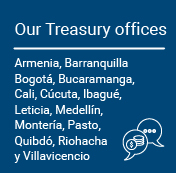About the Cultural Work of Banco de la República (the Central Bank of Colombia)
Law 31 of 1992 authorized Banco de la República to continue fulfilling the cultural and scientific functions it had been carrying out since its founding in 1923. In accordance with this mandate, the Central Bank contributes to the country's cultural development through four key areas: the Library Network, the Gold Museums, the Art Museums, and musical activity.
Explore Banco de la República’s Cultural Network
Banco de la República (the Central Bank of Colombia) has developed over the years a long-term cultural initiative seeking to contribute to the management of the country's cultural heritage, promote access to knowledge, and to strengthen civic identity. Through its major areas of work (economic and cultural areas), the Central Bank fully fulfills its mission of contributing to the well-being of Colombians.
Through a cultural network extending across 29 cities in the country, the Central Bank makes cultural management a sustainable, accessible, and inclusive model that promotes reflection and critical thinking and serves as a reference for other institutions.
Library Network
Gold Museums
Art museums
Mission of the Cultural Network
To contribute to the recovery, preservation, analysis, study, organization, research, and dissemination of the nation's cultural heritage; to promote access to knowledge; and to strengthen civic identity. To carry out this mission, Banco de la República continuously and effectively manages visual arts, documentary, numismatic, philatelic, archaeological, and ethnographic collections, as well as musical work.
Vision of the Cultural Network
- To sustainably continue managing the cultural services network and the physical and digital collections.
- To encourage the inclusion of diverse knowledge and support the co-creation of locally relevant content.
- To bridge access gaps between knowledge, culture, and leisure, while maintaining ethical standards towards technology and the environment.
Accessibility and Inclusion
Banco de la República aims to provide its cultural services equitably and without discrimination to all citizens and visitors. Its cultural activities adhere to the national public policy on accessibility and inclusion with a differential approach to the provision of cultural services. Each cultural center offers content, services, and programming that enhance access to information to disabled and vulnerable populations. Cultural facilities are designed to ensure accessible routes and special mechanisms for the free movement of individuals in wheelchairs and those with visual and mobility impairments.
Key Concepts
Cultural heritage: Includes assets, expressions, and traditions that reflect the country’s identity. Banco de la República’s cultural work contributes to the recovery, preservation, research, study, dissemination, and accessibility to this heritage.
Numismatics: The study and collection of coins, banknotes, securities, and items related to their production process, such as designs, banknotes and coins proofs, dies, printing plates, machines, scales, and safes, among others. Banco de la República’s numismatic collection was inaugurated in 1961 and is currently on display at the Casa de Moneda Museum.
Philately: The study and collection of stamps. Banco de la República’s philatelic collection was launched on 06 June 1977. It currently contains over 470,000 postal items from approximately 230 regions around the world and is exhibited at Banco de la República´s Cultural Center in Medellín.






